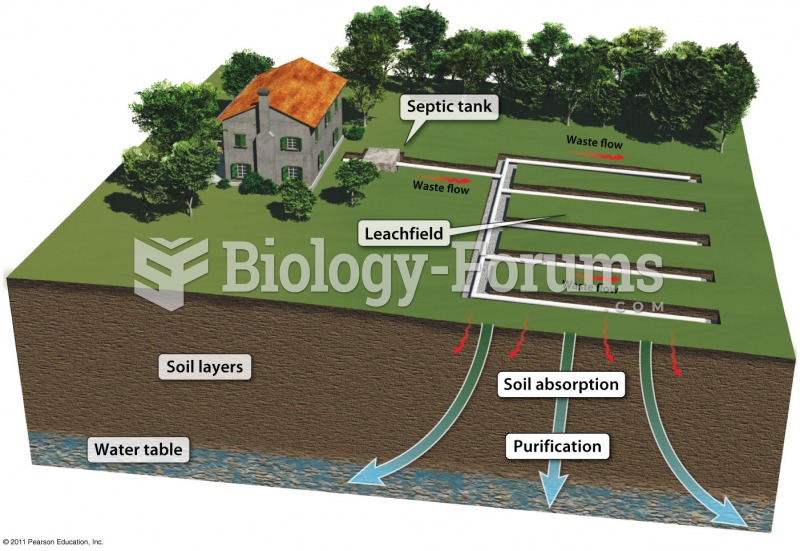Answer to Question 1
Strict requirements for low-flow showerheads and faucets, in addition to the latest toilet technology, would be required in homes. Also, all new homes built should incorporate holding tanks for the use of gray water. Municipalities that collect gray water should use it for watering in government facilities and properties. Xeriscaping and drip irrigation should be mandatory. Possibly the use of desalination facilities might be incorporated into municipalities.
Answer to Question 2
Everyday activities add pollution to water. Food production can result in pollution from fertilizer and pesticide runoff along with erosion of soil into streams. Driving a car can result in water pollution from the oil and gasoline from cars. The oil slick on the road that is visible after a rainstorm is from cars as they are driven daily. The air pollutants from automobiles, if they are not destroyed in the atmosphere, end up in water (for example, acid rain). Virtually all consumer goods can result in water pollution because water is used in most manufacturing processes. Even computers have an impact because the solvents, which are used in production, have polluted the groundwater beneath some of the manufacturing facilities.
We alter water cycles by consumptive uses such as food production, watering the landscaping around our homes and businesses, and so forth. Water provided for drinking water, washing, flushing toilets, and so on is being diverted from the ecosystem.
We can all be more stewardly by reducing our water consumption: take shorter showers, take showers rather than baths, turn off the water when shaving or brushing teeth, run full loads of laundry, buy water-saving appliances, install drip irrigation, and keep water in the refrigerator rather than letting the water run to cool it.







